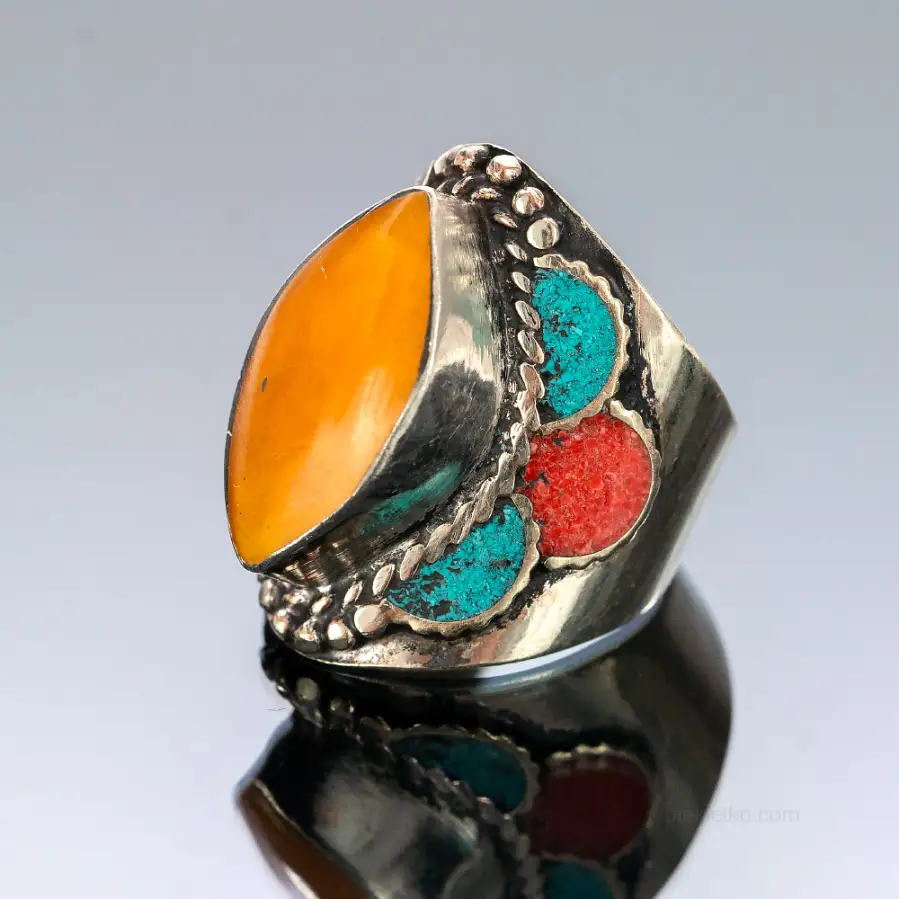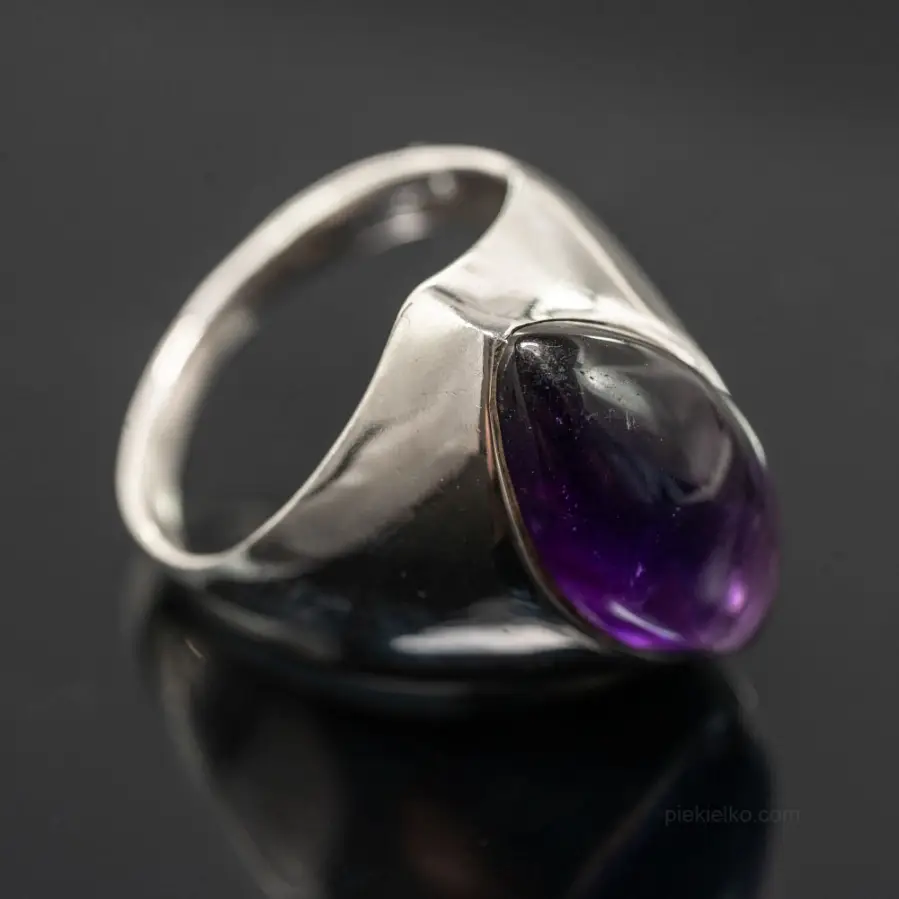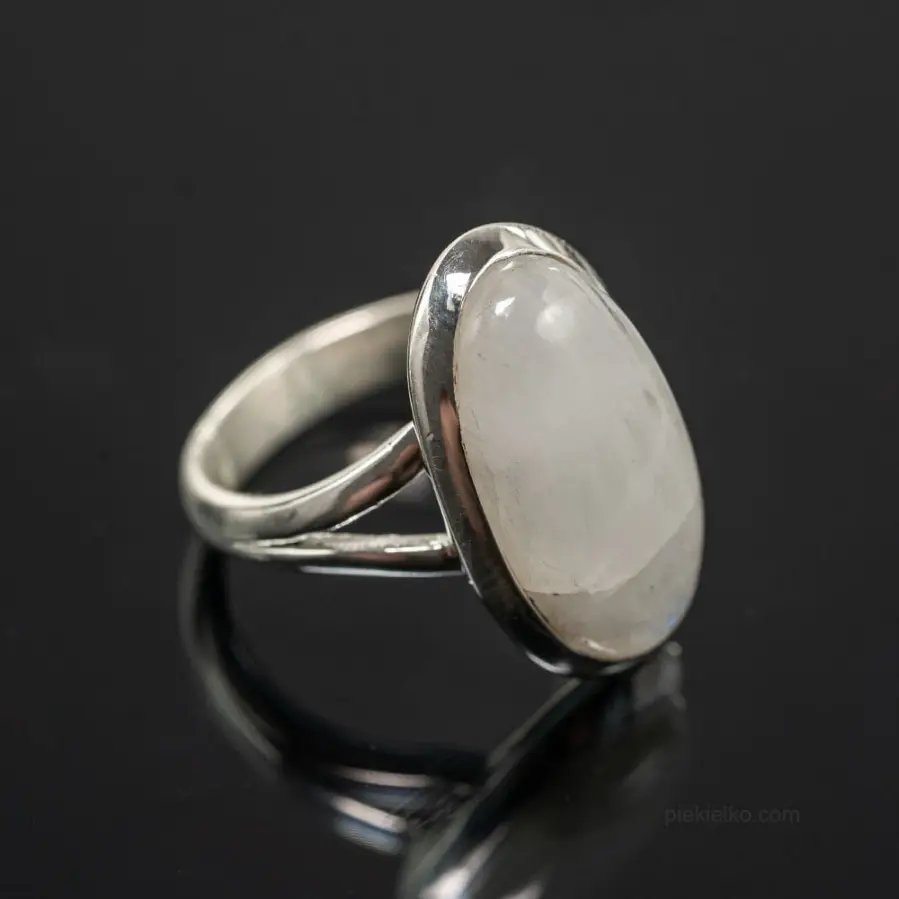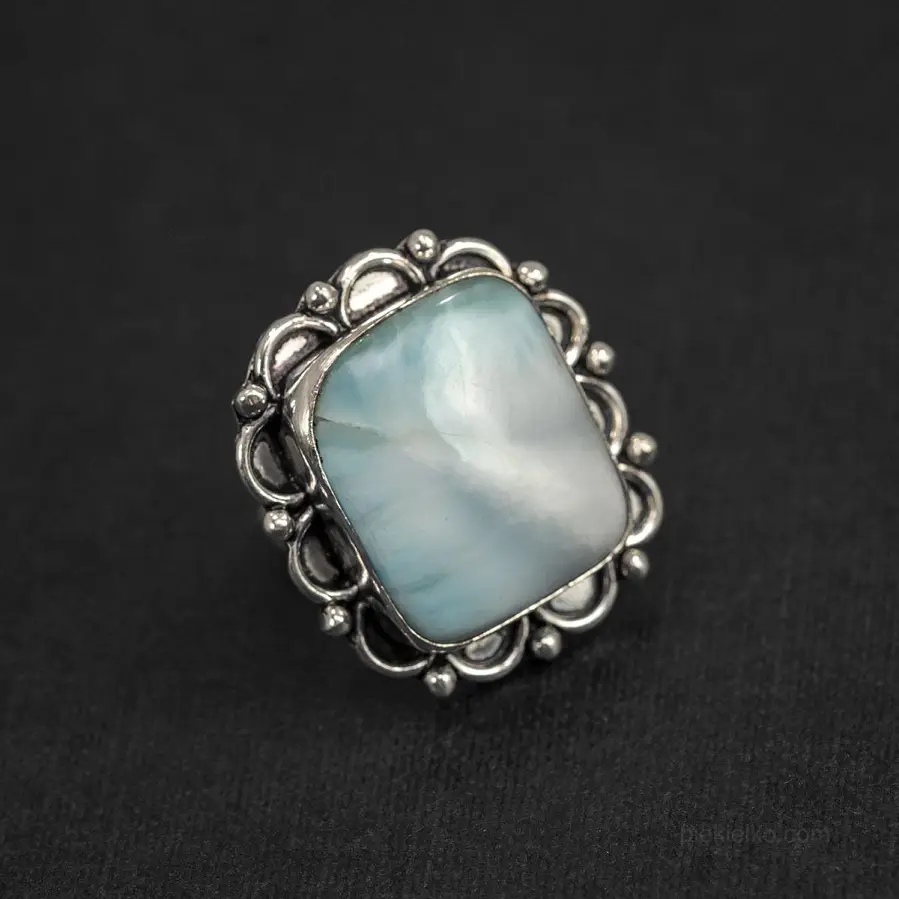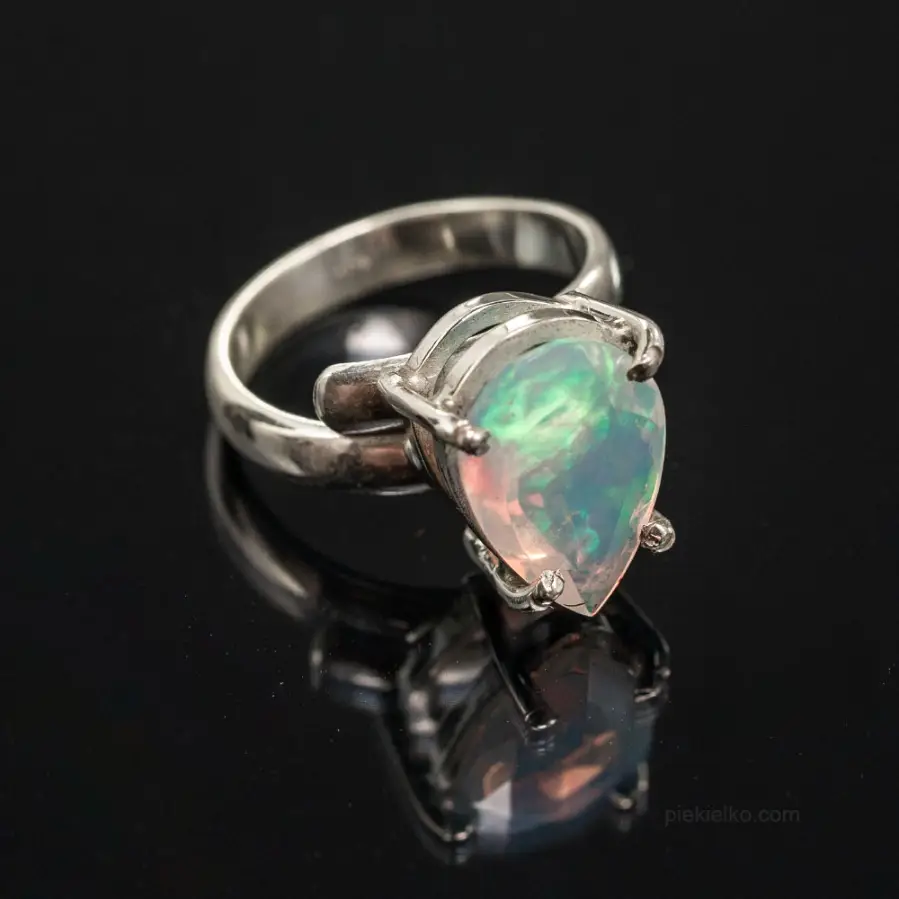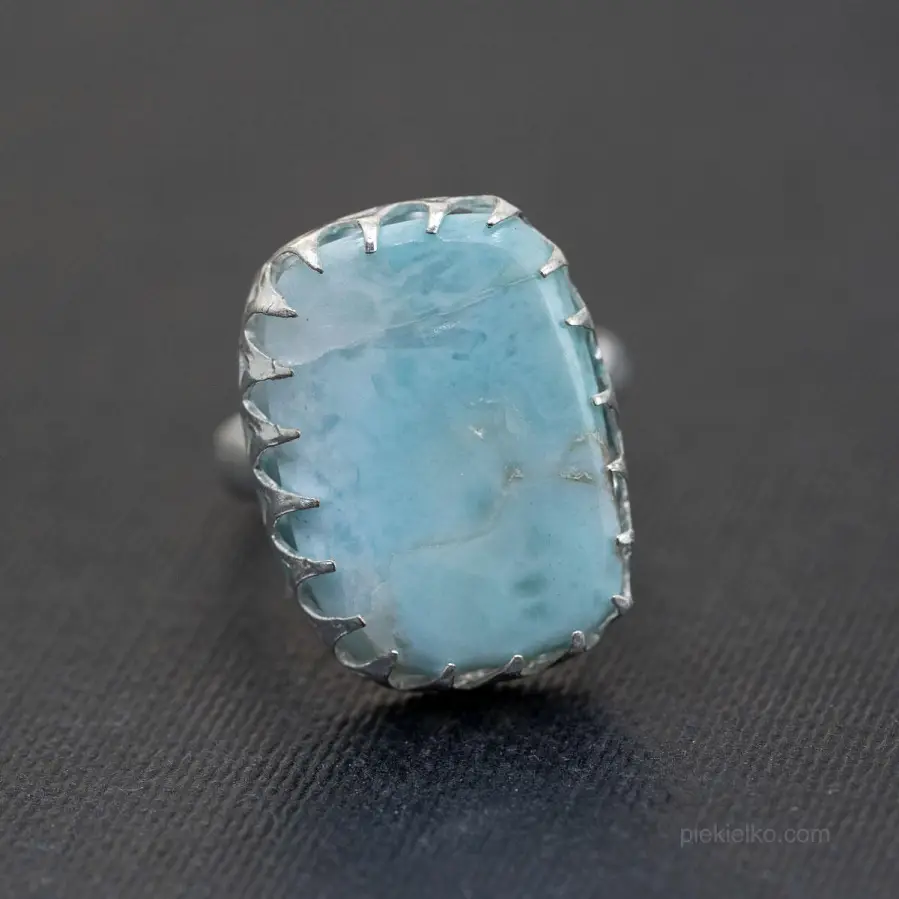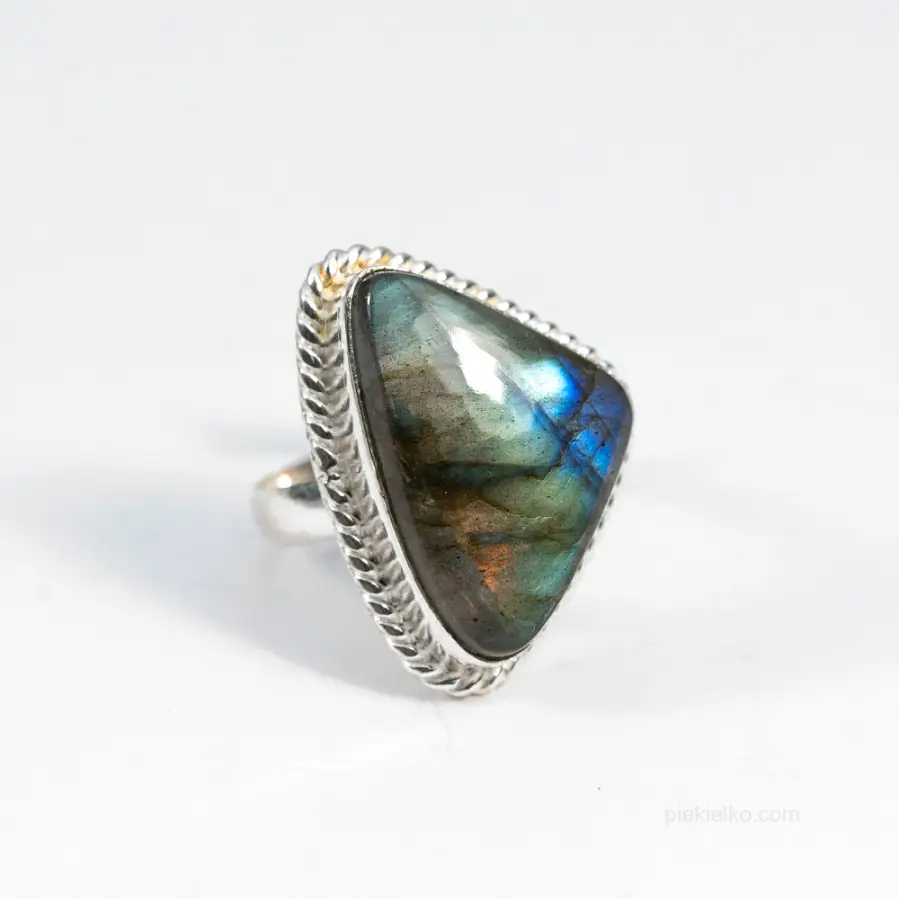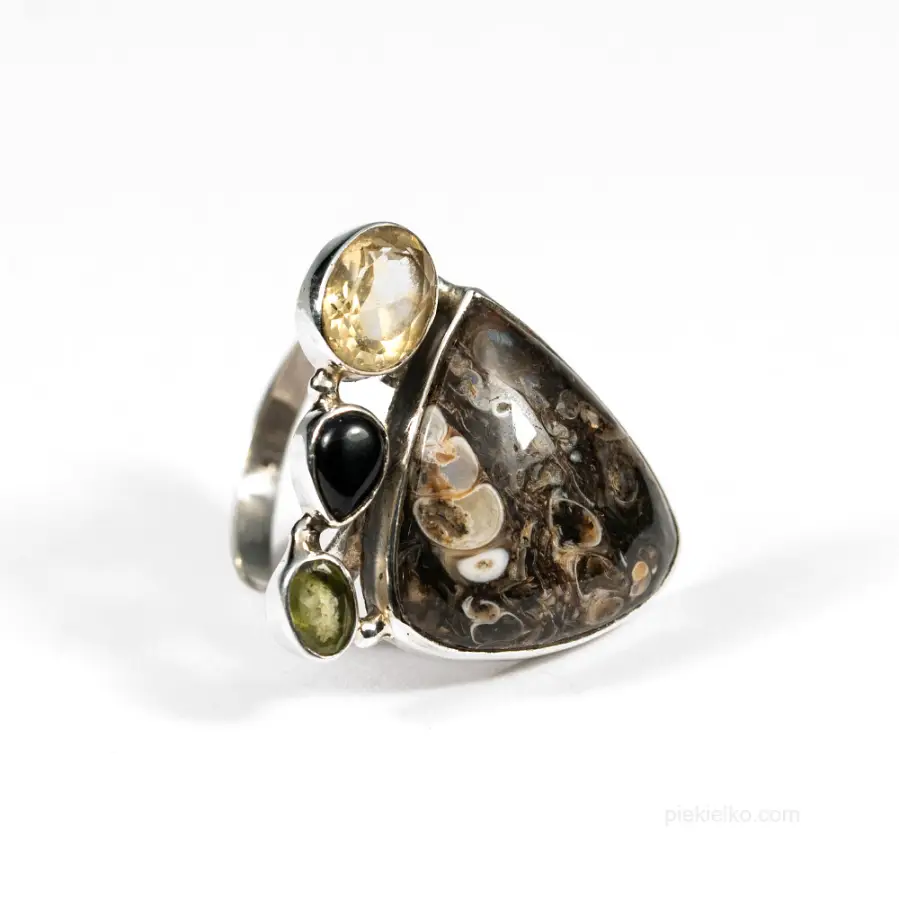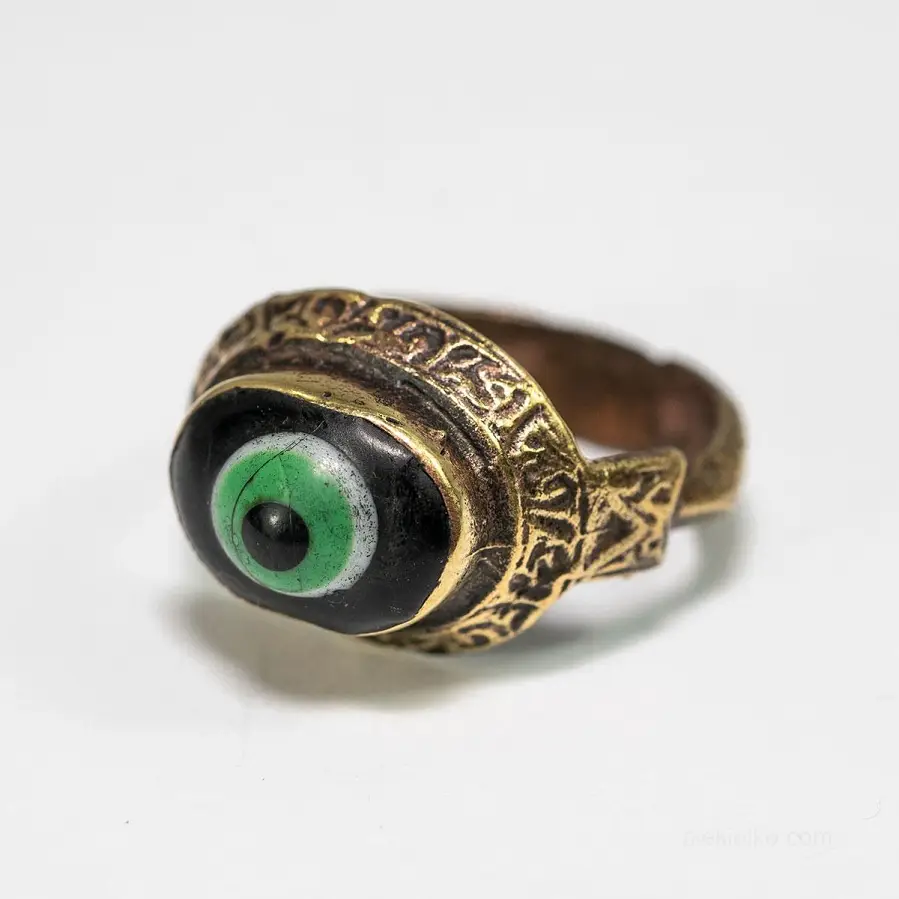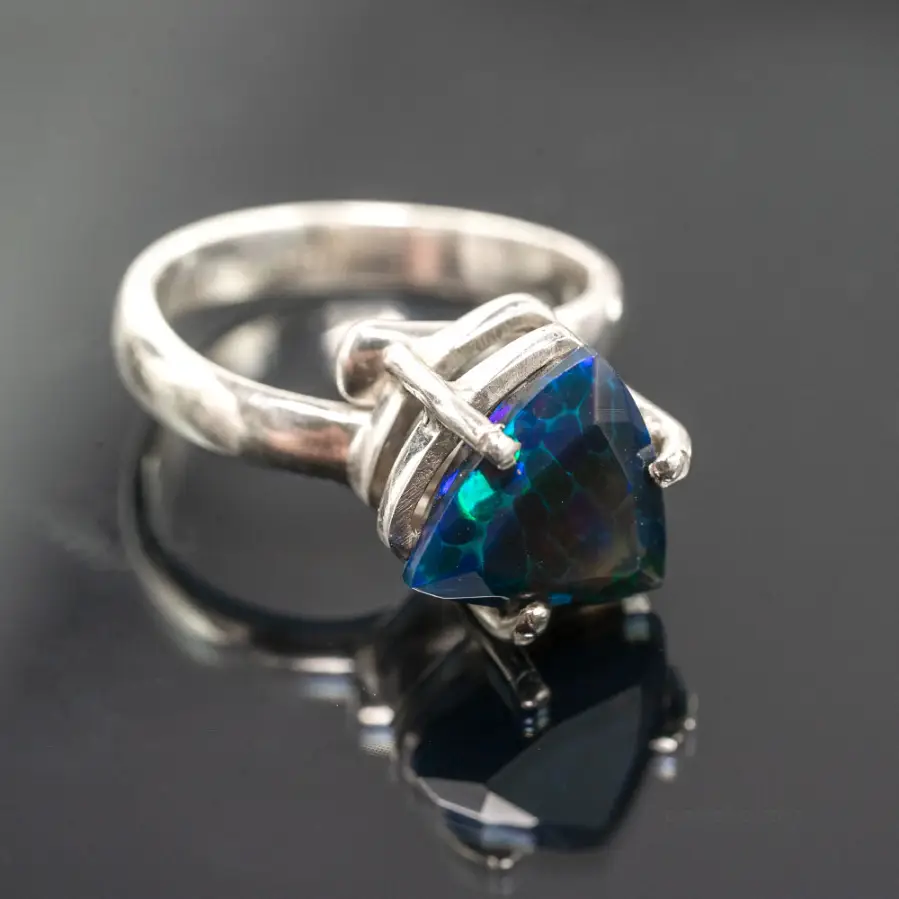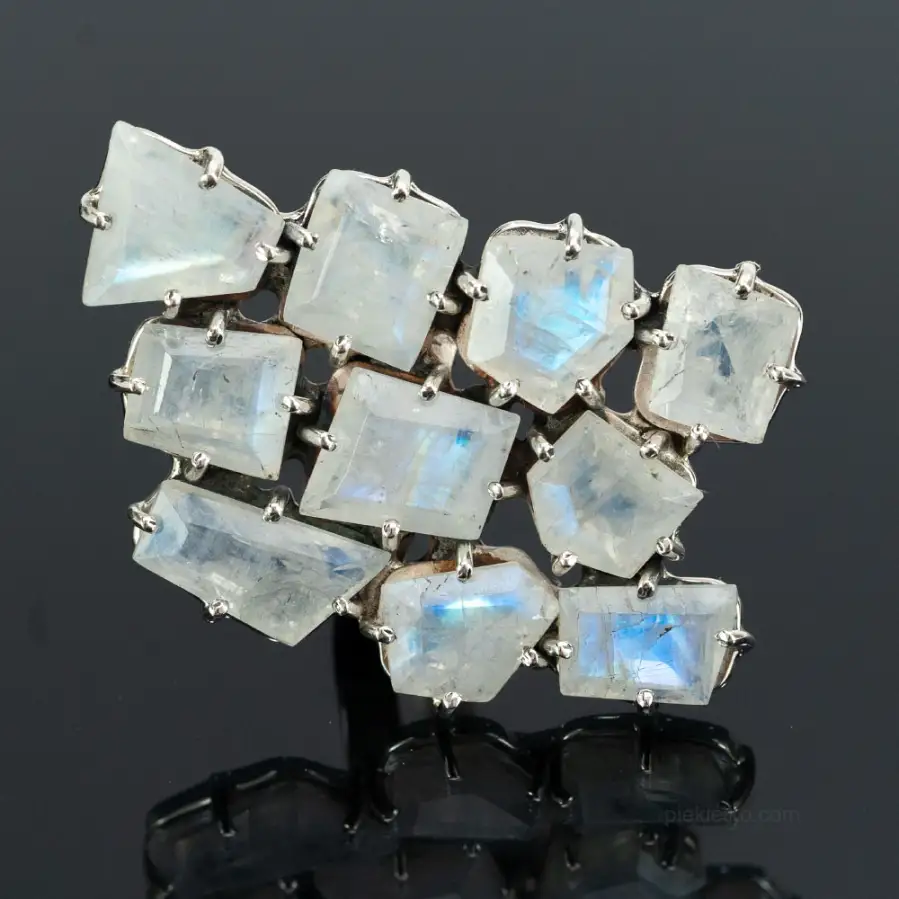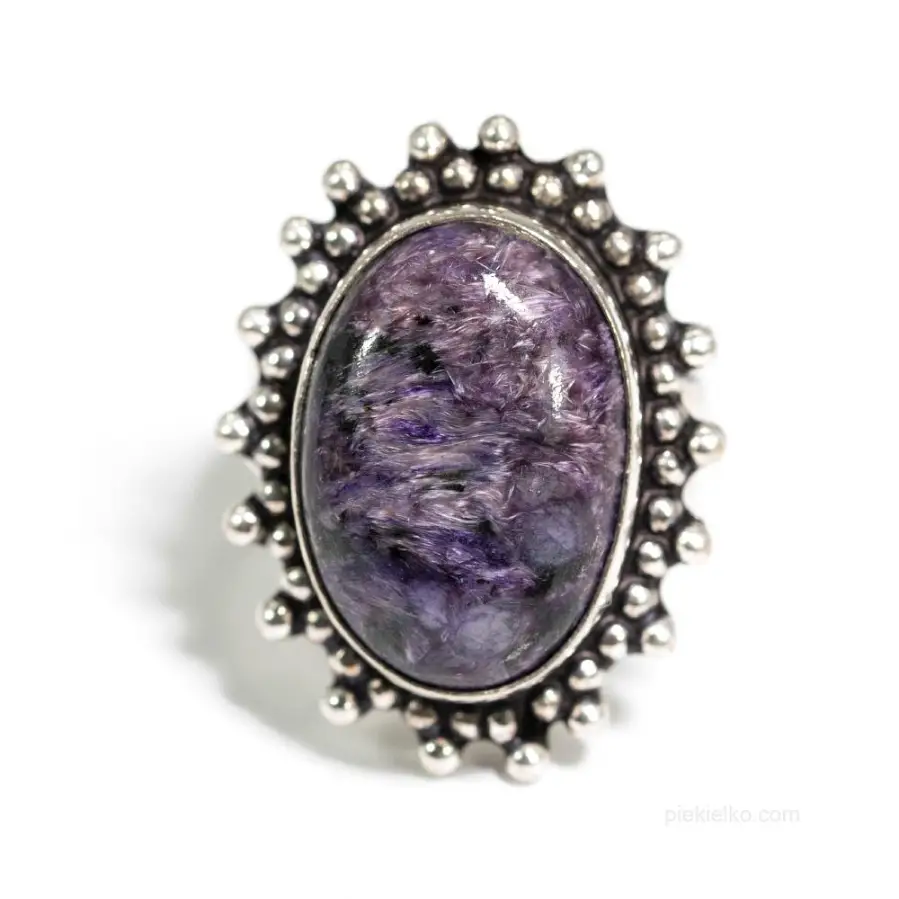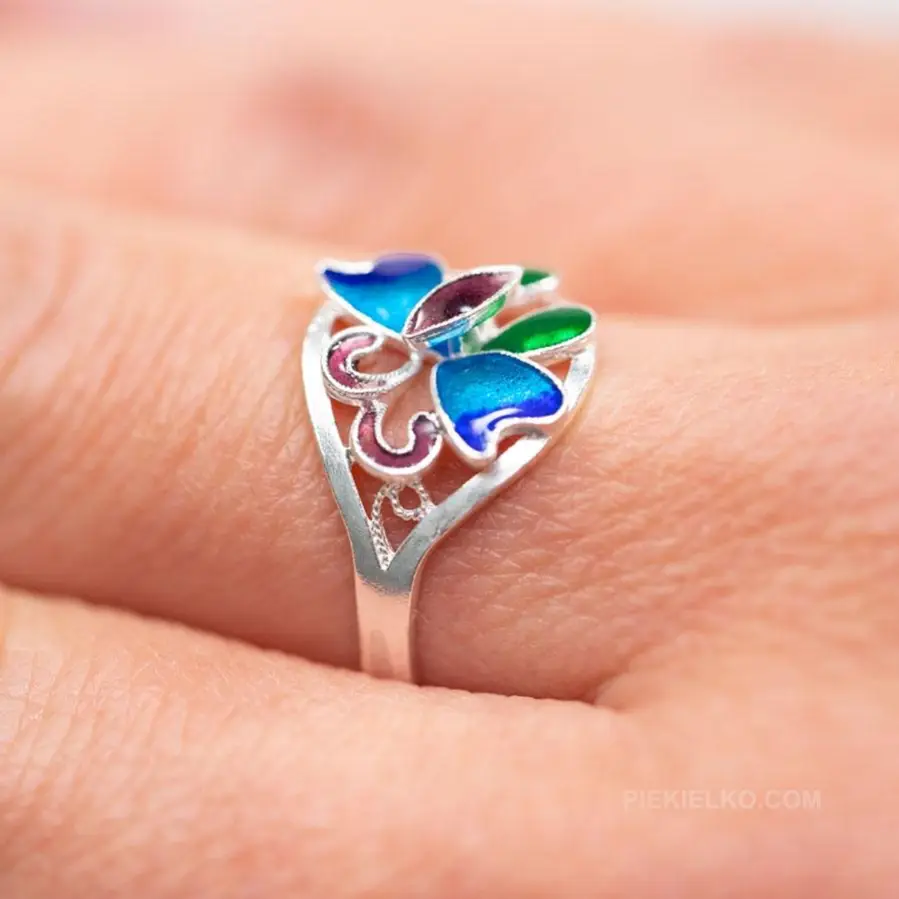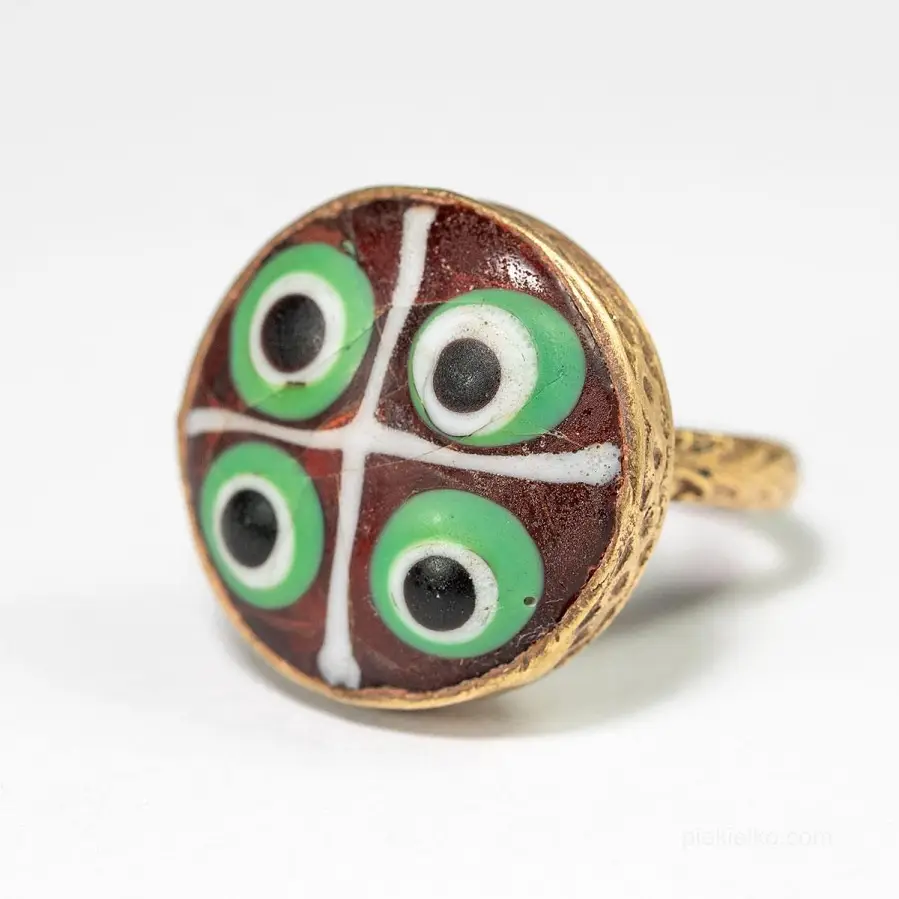Poho - a unique phenomenon of Khakasian culture

Poğo (Khakassian spelling: пoғo) - is a woman's ornament suspended from her chest, which has remained unchanged in form with only slight modifications over the centuries of its existence. It has the shape of a crescent, horseshoe or sometimes a horse's hoof filled with fine beads and round mother-of-pearl (tana) plates with a coral in the middle using embroidery techniques. A special accent is given to the "tana" plates in odd numbers from 3 to 9. Back in the 19th century, women wore the poho at abdominal level, while in modern times it is worn on the chest.
In collections of old poho, three "suns" can be seen: one in the center and two below with rays. It is very possible that these signs symbolized the sun's journey through the sky, its movement from the higher world to the underworld. In many ancient peoples, there was a belief that when the Moon shines in the sky, then the Sun resides in the underground realm. It transmits the past to the present and the present to the future.
A more modern version of the poho, made in the 20th century, resembles a face or mask. It is easy to see the "eyes" in such a design; on some even three "eyes." The central button - the tana - is the so-called "third eye" or "all-seeing eye." It is this detail that emphasizes the power of the poho as an amulet. The guardian spirits look at our world through these very eyes. Symmetrically at the top are the "ears".
The poho has two primary magical functions: protecting and enriching. As an adornment, it covers the vital organs of a person - the breast and abdomen. Protection is provided by "tana" made of mother-of-pearl - a healing and protective material. Kauri (porcelain) shells ward off evil spirits, and beads bring wealth.
How was poho created?
Usually women made poho for their daughters before the wedding. Only married women (but no longer widows) wore them. To make this ornament, a rounded piece of sturdy cloth or leather measuring about 30 cm x 30 cm covered on top with fabric, usually velvet, was needed. The entire surface was richly embroidered with different colored beads, beads, coins, silver and gold blanks, decorated with pins, and round mother-of-pearl buttons. Everything together formed a certain colorful ornament. A ribbon was sewn to the top edge, which was placed around the neck and thus arranged the poho on the chest.
The poho is usually embroidered, if she has the opportunity, by the mother even before she marries her daughter. But it is sometimes the case that the poho is already made by the husband for his wife after marriage.
Poho is a national peculiarity of Khakas women's attire, but similar ornaments can also be found in Bashkir and Yakut.
Poho and kauri shells
It is common to see kauri shells, also known as porcelains, on a Khakas poho. They have been known since ancient times as amulets among many peoples of Eurasia. Porcelains appeared in the territory of Khakassia three thousand years ago during the era of the Karasuk culture. In the Middle Ages they were very popular in the old Khakassian state. They were brought from India along the famous "Silk Road" through China, Tibet, Mongolia.
Kauri are called "czysłanas" in Khakassian, which means "viper's head." Only in one dialect of the Khakassian language they are called "tizi" - "camel tooth." The Khakasi believe that the kauri shell has the power to bring the soul of a child.
History
The female poho ornament came to us from the depths of the ages. Many of the stone statues scattered across the Khakasi steppes in the second millennium B.C. show similar items of clothing.
The breastplate is most likely associated with the cult of the goddess Umay, who gives the souls of children to young brides. Therefore, a matchmaker necessarily had to wear a poho at a wedding to bring the goddess' love and family happiness to the young couple's home. Nowadays, Khakassi women wear poho not only on the occasion of a wedding, but also on any other holiday.
- Created on .
- Last updated on .
- Hits: 8899


